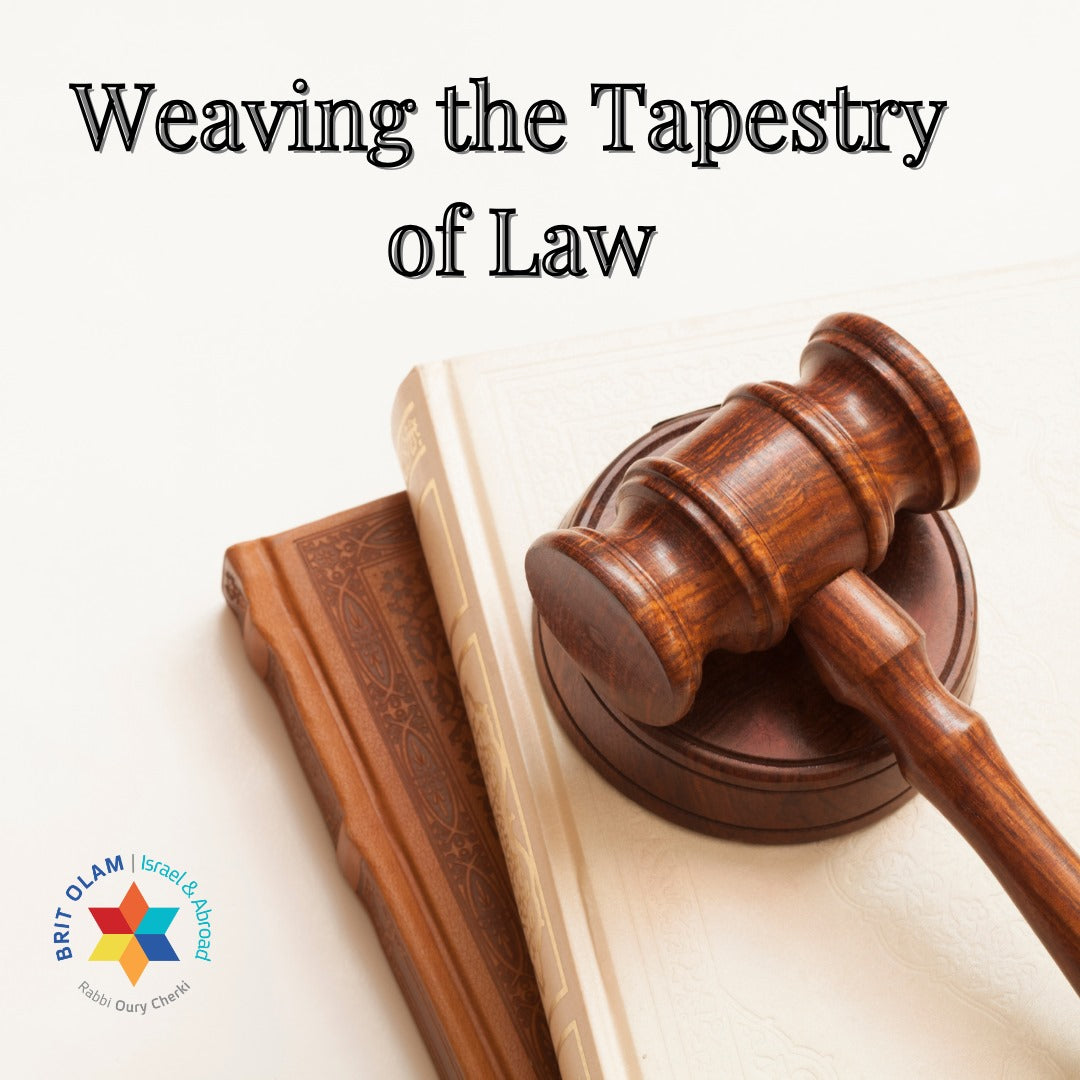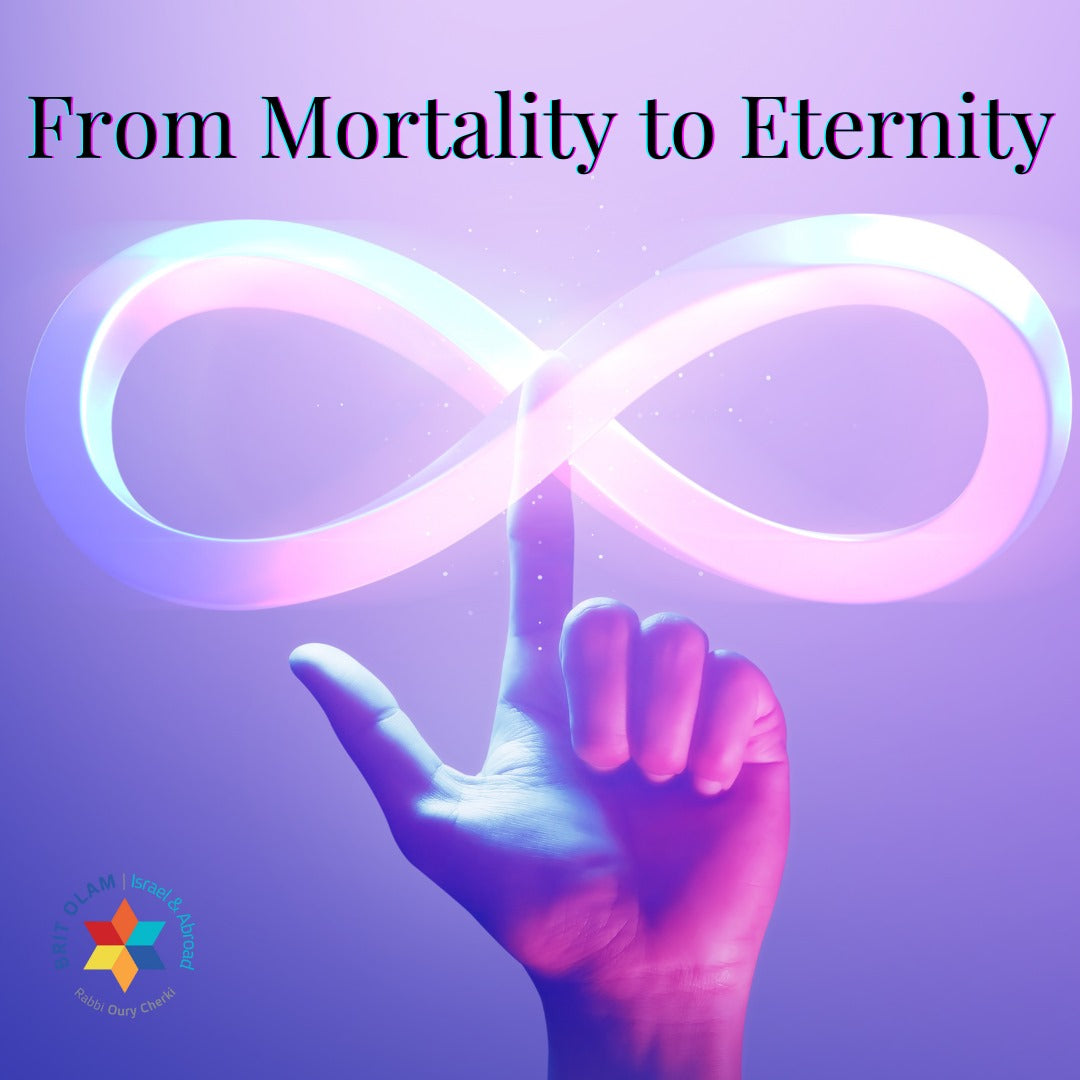The story of the Tower of Babel, appears in the weekly portion of Noah and is one of the wonderous stories of the Torah. It reveals to us the secret of the dispersion of human culture. The Torah describes that a generation after humanity had inundated the world with violence and larceny resulting in a flood of self-destruction, attempts to build a tower to prevent the next flood.
What is the connection between the Tower of Babel and preventing the flood? The Midrash suggests that they wanted to build a pillar that would support the firmament and prevent it from collapsing and flooding the world again. Clearly, the Torah will not tell us a story so childish without underlying intentions.
The intention is that they realized that violence arises because humans are different from each other. Therefore, the totalitarian idea arose with the aim of creating a unified humanity. How do you create unified humanity? By having everyone engage in the same thing. Everyone, together, will build a tower. People will be born during the construction of the tower, and they will die, without ever seeing the structure finished. In other words, it is about a human society where the individual has become of no consequence but sees only value in the collective.
This is expressed in the Midrashic work of Pirkei DeRabbi Eliezer. There we read: "When a person fell to their death from the tower during construction, no one paid attention to him. However, if a brick fell and broke, everyone cried and said:, ‘How long is necessary for it be replaced?’
We can clearly learn from the outcome that their attempt failed. The idea of creating a humanity where there are no differences between identities, nor different cultures, nor different personalities - will ultimately, despite all the good intentions behind it, creates some kind of hell.
Subsequently, after the fall of the Tower, there is another attempt made to unify men. Albeit, this attempt is only hinted to in the Torah and was made by a fellow named Ashur. As it is written: “From that land, Ashur went out”. Rashi says, since Ashur saw that his sons had rebelled, in the place where they obeyed Nimrod to build the tower, he left them and went out on his own. We see that this man, Ashur, the founder of the Assyrian nation, is actually a righteous man. He rejected the notion that individuals do not matter. We might ask- why was he then not elected to found a chosen people to redeem humanity?
The answer is very simple. The Assyrians did rebel against Nimrod, but they built Nineveh. Nineveh is the alternative to Babel, but "but in Ninveh there is Babel too." In other words, often the rebel wants to be the ruler himself. Therefore, he will sometimes turn into, a ruler more difficult than the tyrant he fought to overthrow.
We learn that only after all these attempts took place, of the wonderful figure of our forefather, Abraham, appears. The Torah says of him- "And in you, all the families of the earth shall be blessed." Abraham's task is not to impose his identity over all humanity but, on the contrary, he means to be a meeting point for all humanity.
This is the beautiful concept of "a chosen people from all the nations." The goal is that all nations should feel that there is this central point that radiates good upon all, without demanding them to change. The lesson is unity and oneness but not uniformity. Oneness, means that all the different individuals remain in their diversity but connect to a central point with love.



